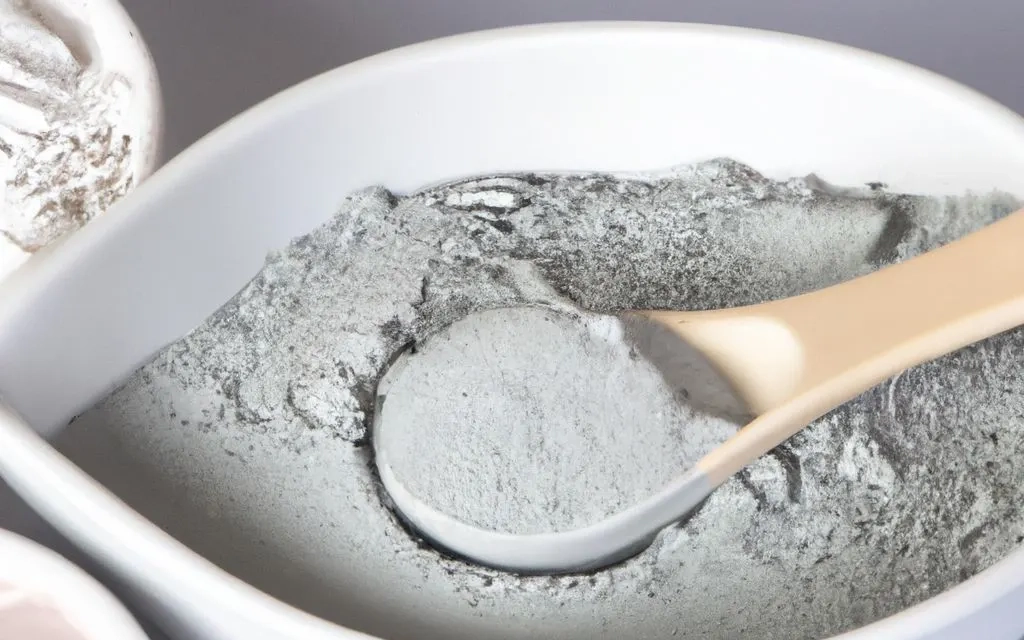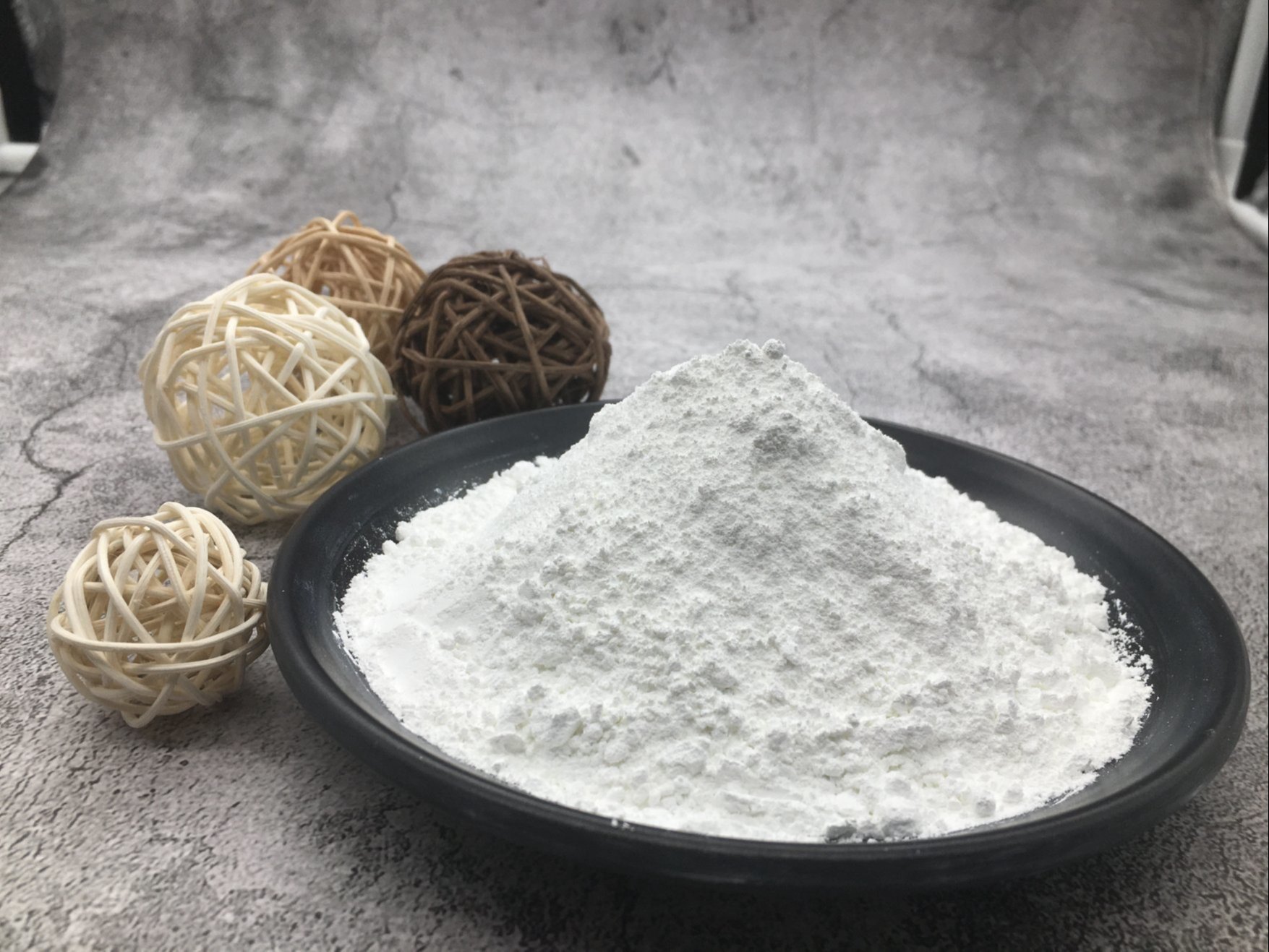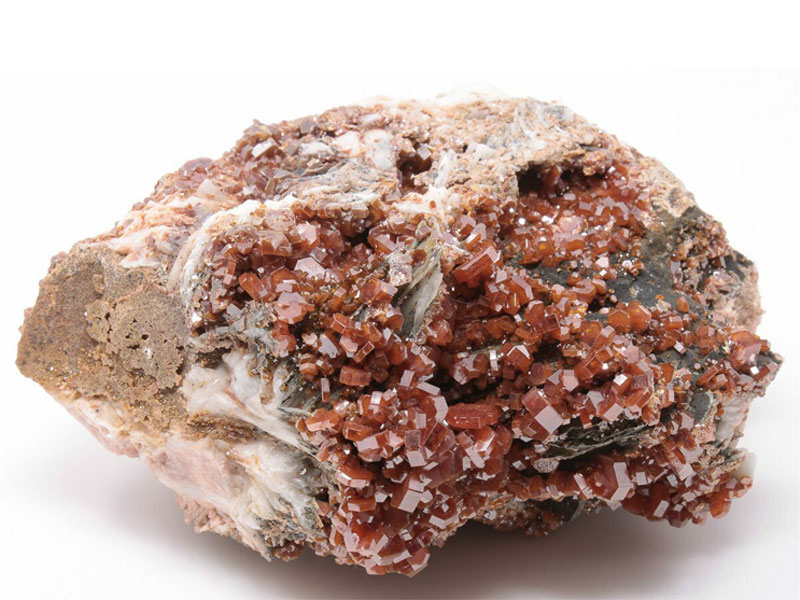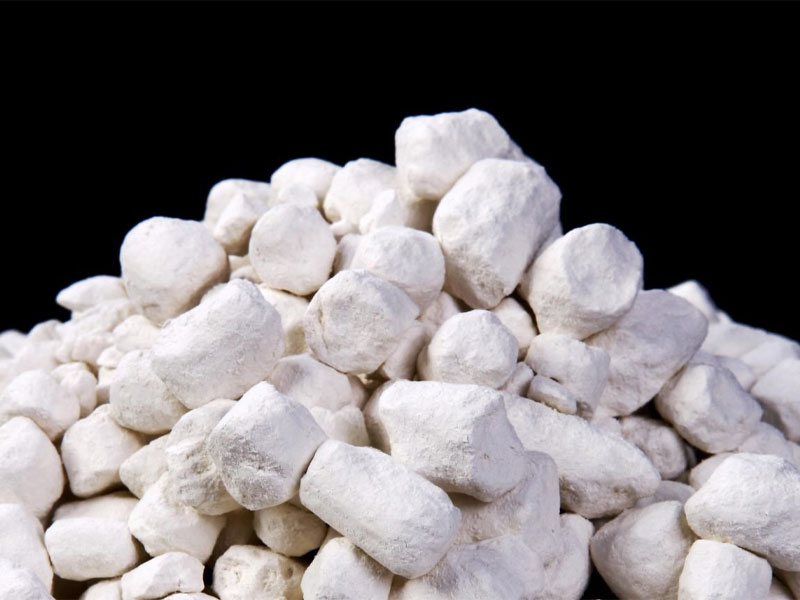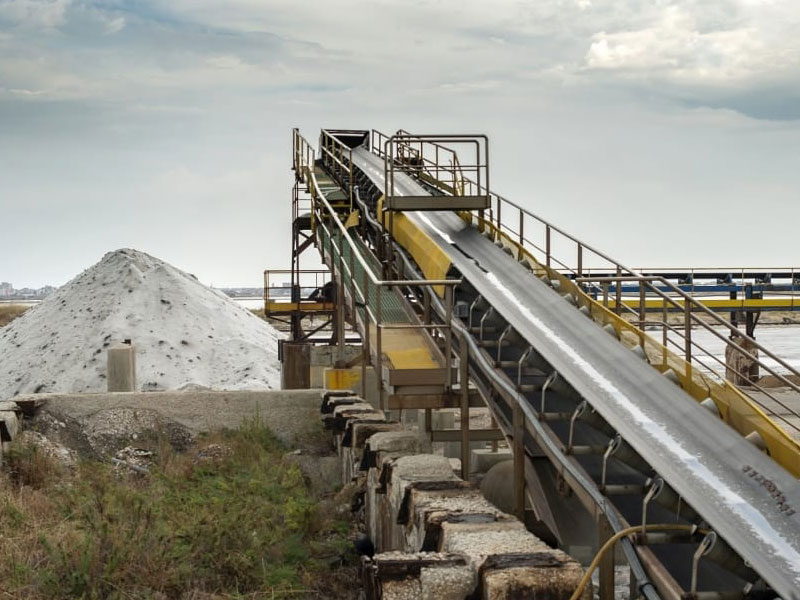Introduction
Kaolin, also known as China clay, is a white, soft, and plastic clay that finds applications in a multitude of industries. Its versatility and unique properties make it a valuable resource in areas ranging from industrial manufacturing to cosmetic formulations.
The Geological Origins of Kaolin
Understanding the geological origins of kaolin is crucial to appreciating its qualities. This clay is formed through the weathering of rocks, particularly feldspar. The result is a fine white powder that is rich in kaolinite, the primary mineral in kaolin.
Read More: Bentonite
Kaolin in Industrial Applications
Ceramics Production
Kaolin plays a pivotal role in the ceramics industry, where it is used as a key ingredient in the production of porcelain and other ceramic materials. Its ability to enhance the strength and whiteness of these products makes it a preferred choice.
Paper Industry
In the paper industry, kaolin is utilized as a coating material, improving the printability and brightness of paper. This application contributes to the production of high-quality printing and writing papers.
Kaolin in Cosmetics and Personal Care
Cosmetic Applications
Kaolin’s gentle nature makes it a popular choice in cosmetics, especially in facial masks and powders. Its absorbent properties help in controlling excess oil, making it an excellent ingredient for skincare products.
Benefits for Skincare
Apart from oil absorption, kaolin also offers benefits like exfoliation and cleansing. It is known for promoting healthy skin by removing impurities without causing irritation.
Kaolin in Agriculture
Crop Protector
Kaolin is employed in agriculture as a crop protectant. When applied to plants, it forms a protective barrier against pests and diseases, reducing the need for chemical pesticides.
Impact on Soil Quality
Beyond its role in plant protection, kaolin contributes to improving soil structure and nutrient retention, fostering healthier and more productive crops.
Kaolin in Medicine
Medical Applications
Kaolin has a long history of use in medicine, particularly in gastrointestinal treatments. Its mild and non-toxic properties make it suitable for various pharmaceutical formulations.
Safe Usage in Pharmaceuticals
In pharmaceuticals, kaolin is utilized in the creation of antidiarrheal medications. Its ability to absorb toxins and irritants makes it a valuable component in these formulations.
The Environmental Benefits of Kaolin
Eco-Friendly Properties
One of the often-overlooked aspects of kaolin is its environmentally friendly nature. Being a natural mineral, it has a lower environmental impact compared to synthetic alternatives in various applications.
Role in Sustainable Practices
Kaolin contributes to sustainable agricultural practices by reducing the reliance on chemical pesticides. Its use in eco-friendly packaging materials further emphasizes its role in sustainability.
Read More: Wikipedia
Kaolin in Art and Creativity
Artistic Endeavors
Beyond its industrial and scientific applications, kaolin is embraced by artists for its use in pottery, sculpting, and other creative endeavors. Its malleability and ability to retain intricate details make it a favorite among artisans.
Popularity in Pottery
The art world recognizes kaolin as a fundamental material in pottery. Its presence in clay formulations allows artists to create durable and aesthetically pleasing ceramic pieces.
Kaolin and Technology
Development of High-Tech Products
Kaolin is not confined to traditional applications; it also plays a role in cutting-edge technologies. Its use in the development of high-tech products, such as electronics and advanced materials, showcases its adaptability.
Innovations Involving Kaolin
Innovations involving kaolin are continually emerging, with researchers exploring its potential in diverse fields, from nanotechnology to energy storage.
The Global Market for Kaolin
The demand for kaolin on the global market is substantial, with a steady increase attributed to its diverse applications. Key players in the kaolin industry are actively involved in mining, processing, and distributing this valuable mineral.
Challenges and Controversies Surrounding Kaolin
Despite its wide-ranging benefits, kaolin is not without challenges and controversies. Environmental concerns, such as habitat disruption during mining, need to be addressed. Additionally, misconceptions about kaolin’s safety in various applications should be clarified.
Kaolin Mining and Processing
The extraction of kaolin involves mining and processing, with challenges related to environmental impact and sustainability. Efforts are being made to develop responsible mining practices to mitigate these challenges.
Future Prospects of Kaolin
As technology advances and new applications are discovered, the future prospects of kaolin remain promising. Ongoing research and development initiatives aim to unlock its full potential in innovative and sustainable ways.
Read More: Salt
Conclusion
In conclusion, the applications of kaolin are as diverse as the mineral itself. From traditional uses in ceramics to cutting-edge technologies, kaolin continues to play a vital role across various industries. Its unique combination of properties makes it a valuable resource, contributing to both creativity and sustainability.


